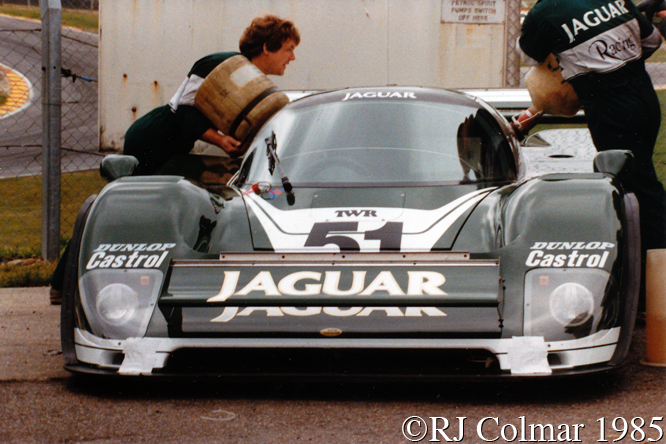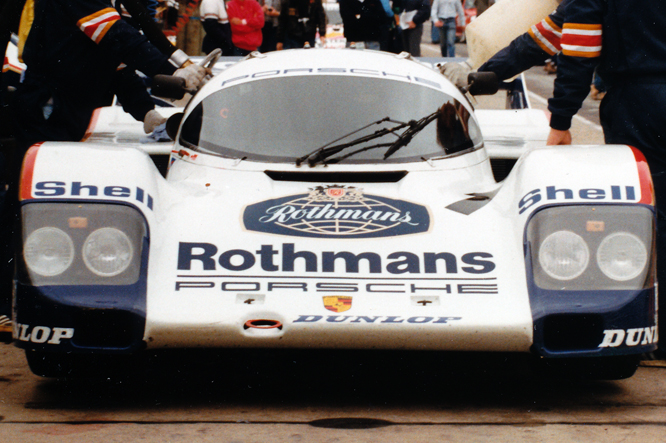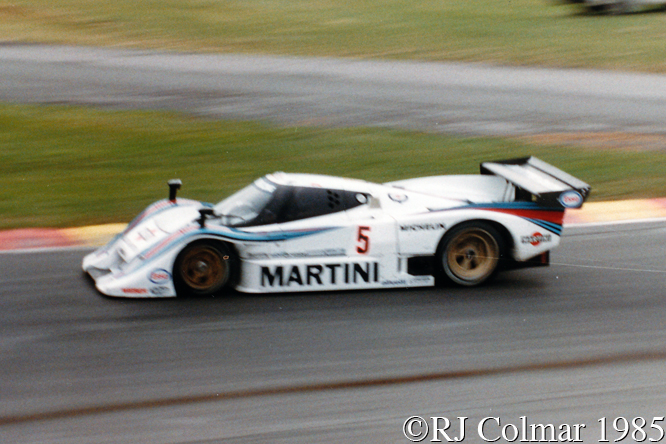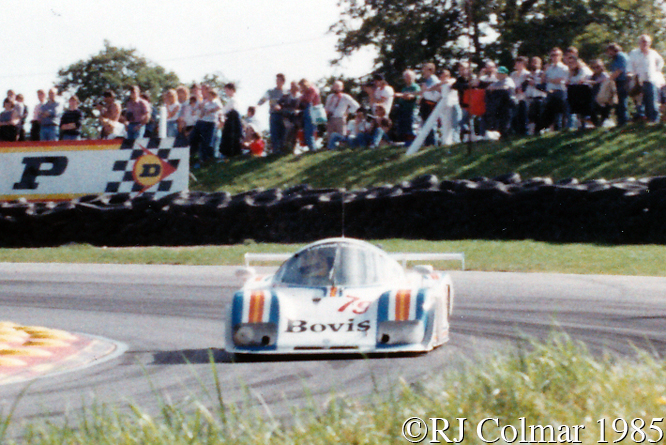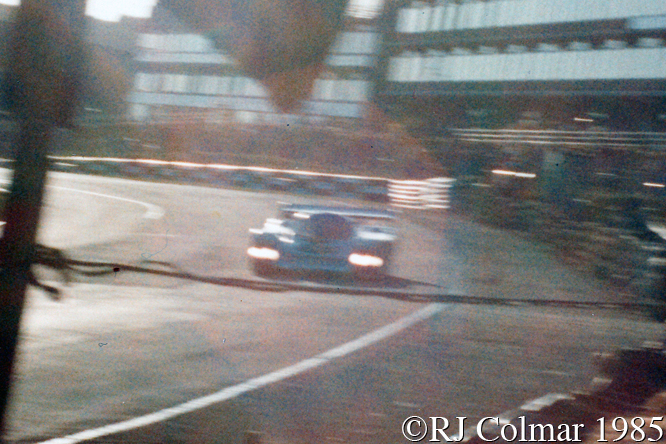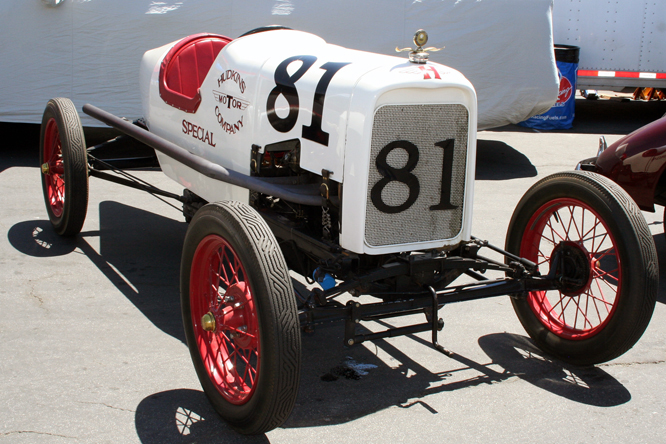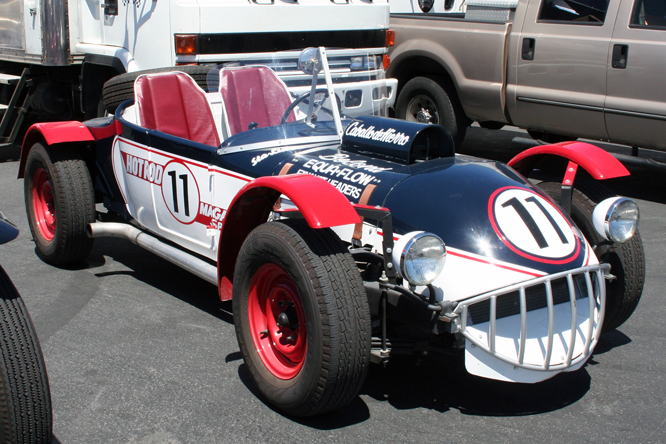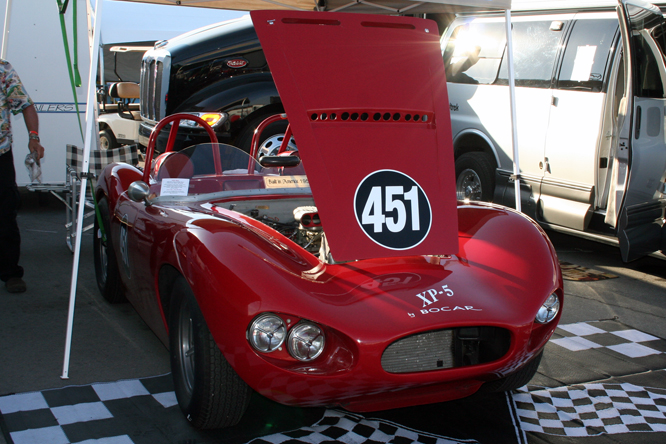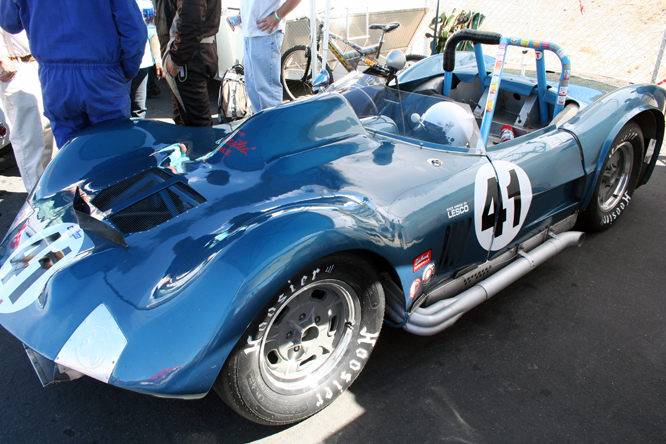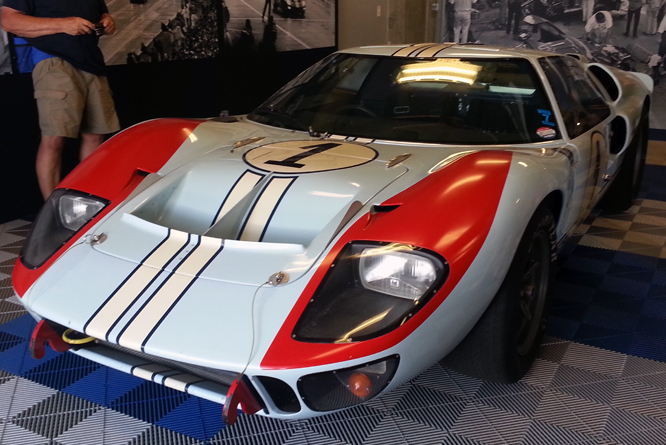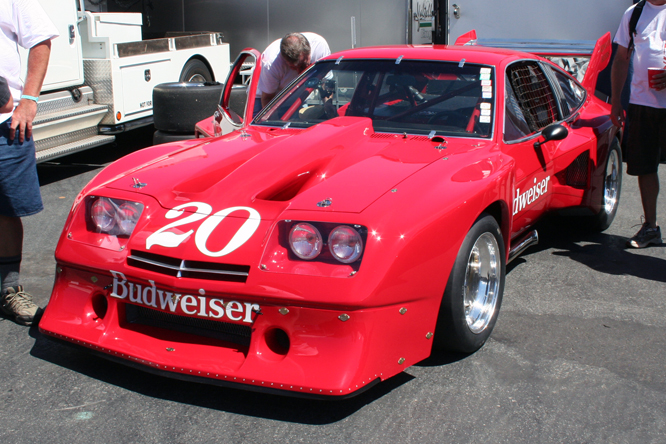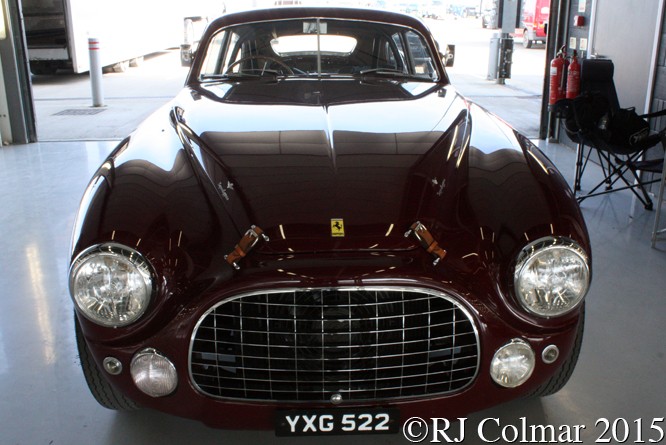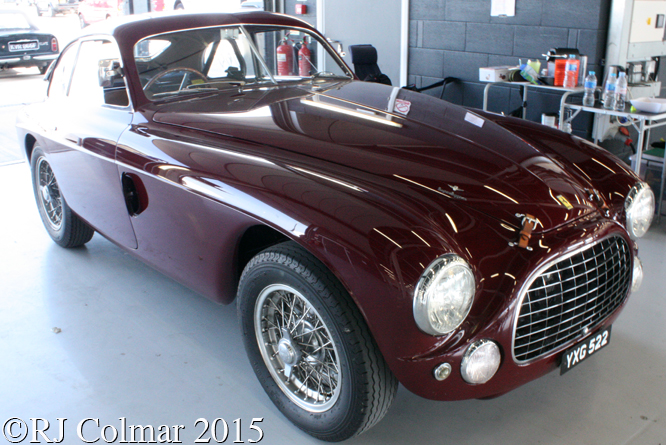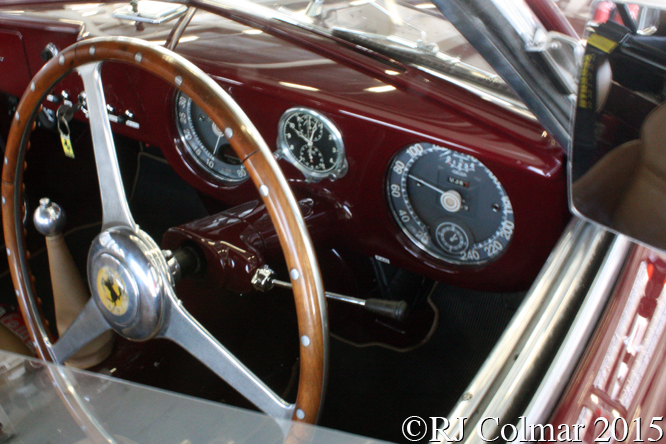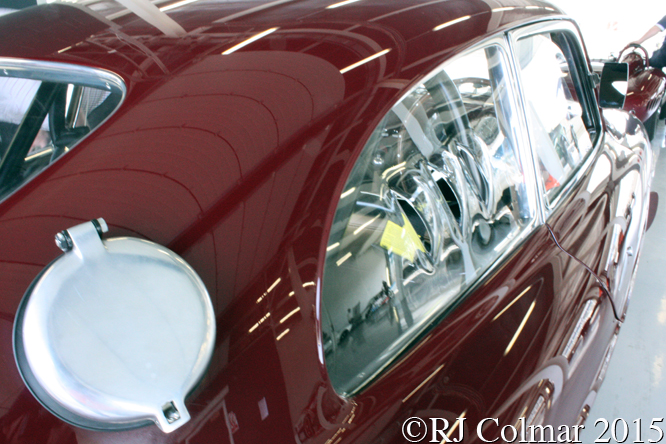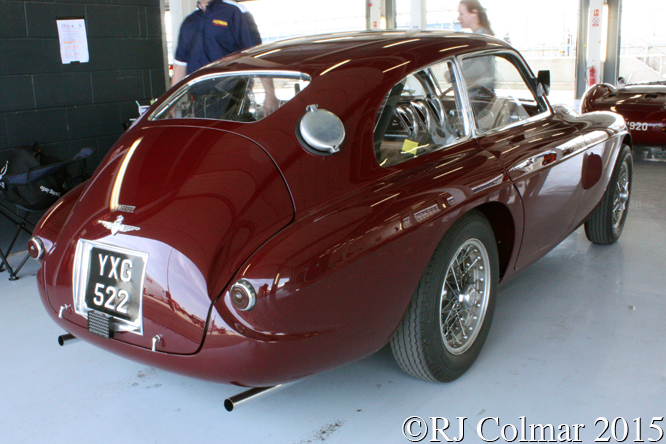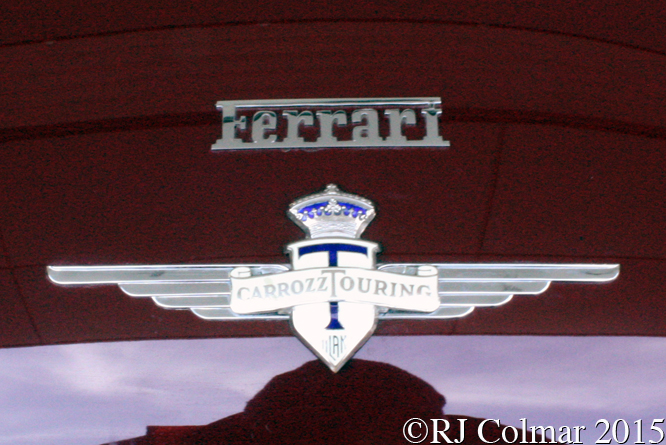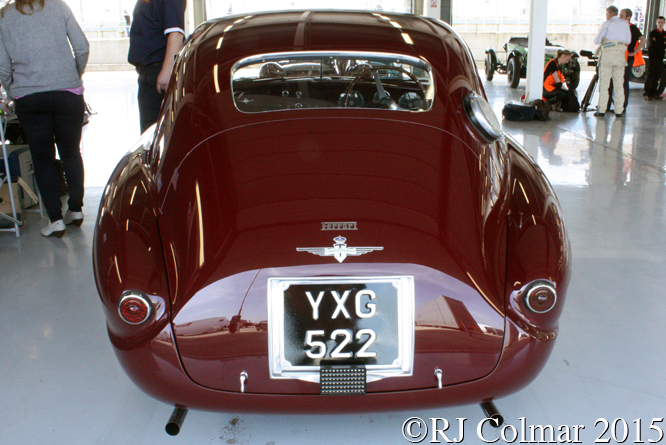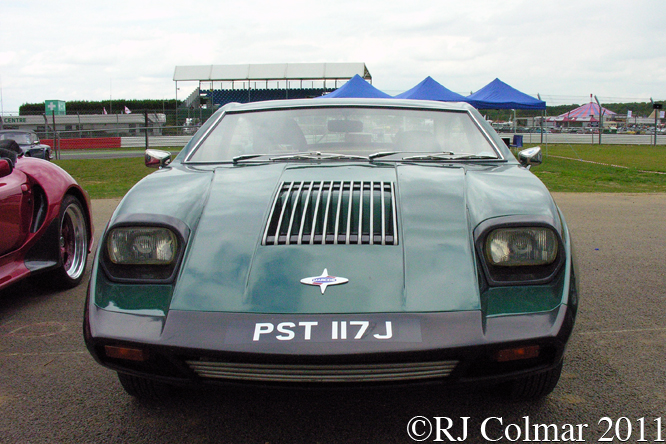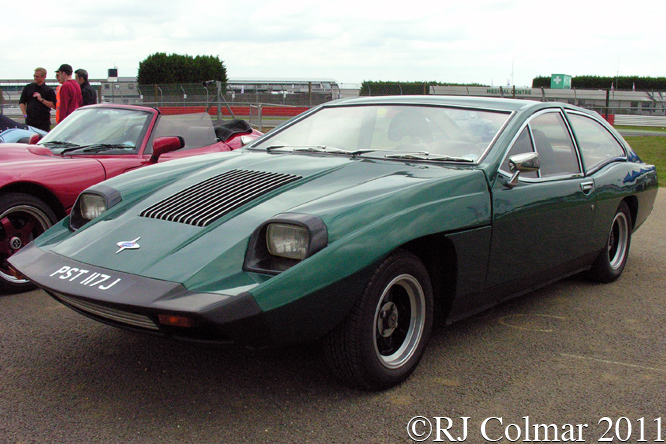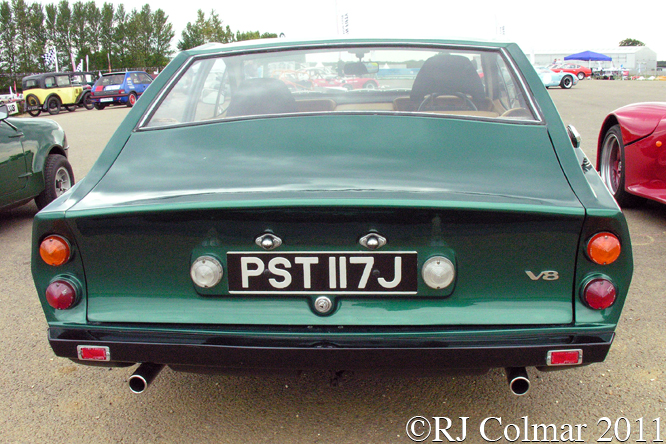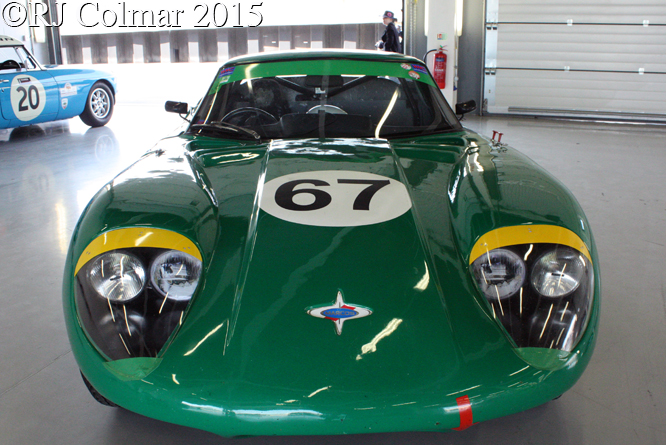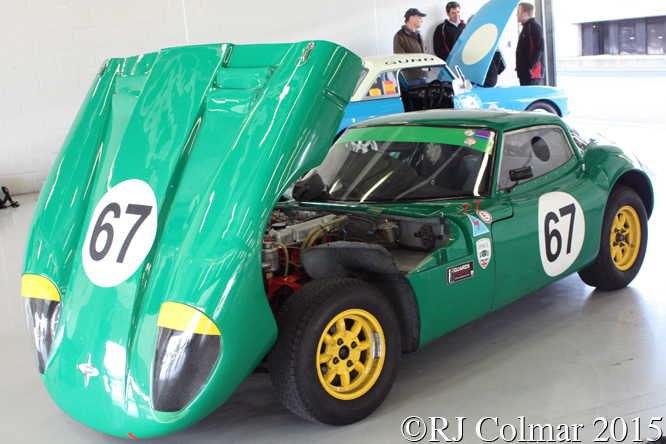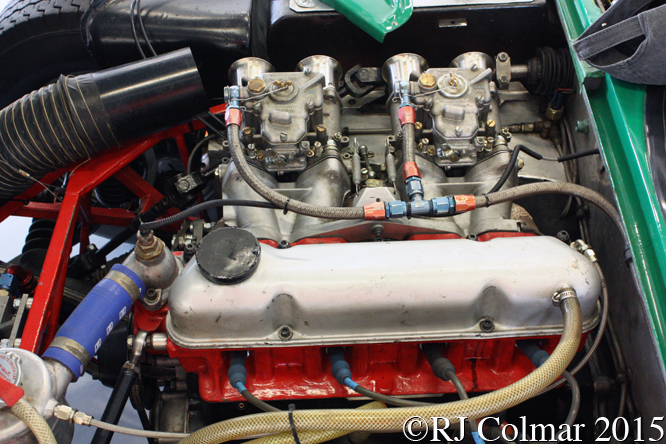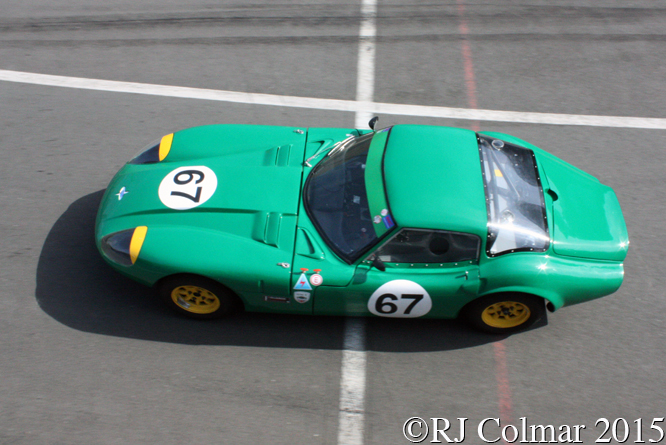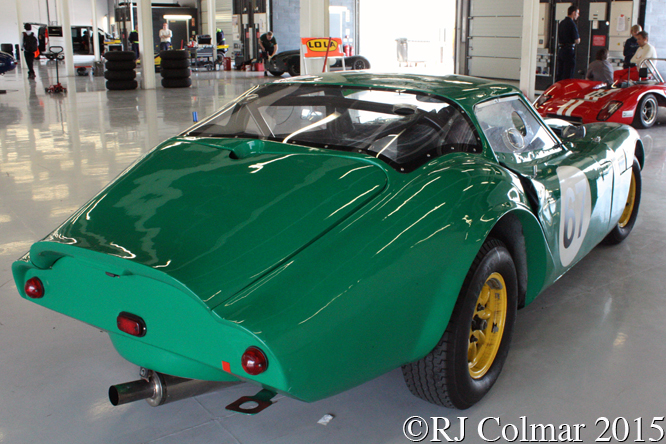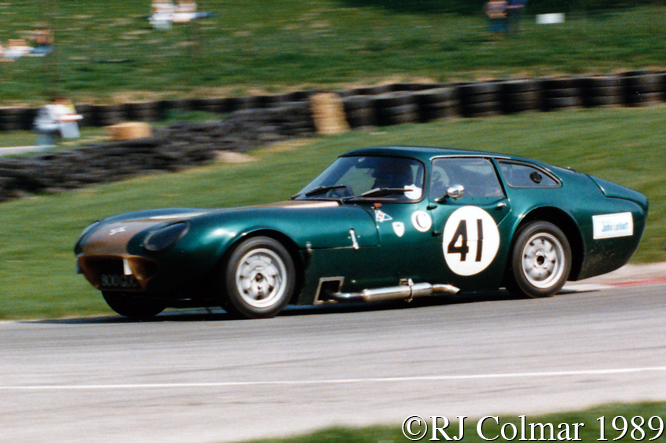Cambria is the Latinised form of the Welsh name Cymru from Old Welsh combrog and Proto-Brythonic word kom-brogos, meaning fellow countryman or compatriot, known to much of the rest of the world as Wales.
After studying Welsh rock strata in 1835 Adam Sedgwick named the first geological period of the Paleozoic Era the Cambrian period which characterised by the rapid diversification of lifeforms, known as the Cambrian explosion, some of which have been well preserved in the sedimentary rocks exposed in Wales.

500 million years after the Cambrian explosion 266 of the direct descendants of some of those lifeforms gathered in County Conwy to take part in the 61st running of the annual Cambrian Rally organised by the North Wales Car Club on Saturday February 13th.
The Cambrian Rally has moved from being the concluding round of the MSA Welsh Rally, Ravenol BTRDA Rally, FMP and ANWCC Forest Rally Championships last year to being the season opener for them this year.

With the intention of making a 4am departure from Bristol to see the opening stage of the Cambrian Rally I left home promptly at 5.30 after being unexpectedly invited out for tapas and sing a long the night before.
The delay was fortuitous as I ended up not far from Snowdon on the third Penmachno stage of the rally which sent the cars around the perimeter of the quarry where the #7 2012 McGeehan Motorsport Mini John Cooper Works WRC crewed by Conner McCloskey and Damien Duffin, who finished the event 4th overall, are seen above.
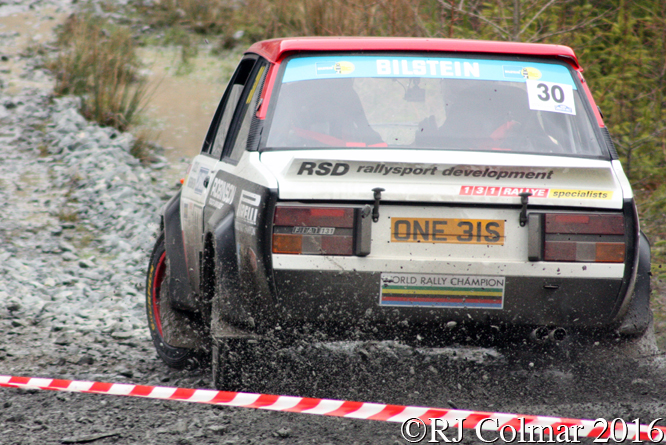
Walter Rohrl, a hero in my youth drove a FIAT Abarth 131 Rally to claim his first World Rally Championship in 1980.
I believe the 1978 #30 FIAT Abarth 131 Rally seen above started as a more pedestrian brown model before being converted by RSD Rally Sport Development into a competition version, Matthew Robinson and Sam Collins retired the #30 from the event after exceeding the time limit before stage 6.
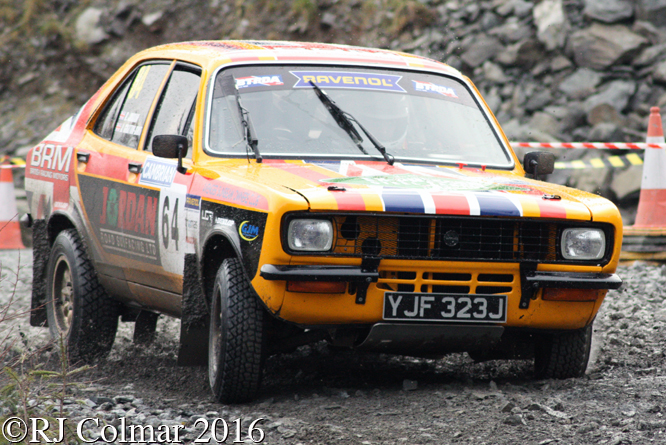
In the 1970’s it would appear there were plans within the British product planning arm of the Chrysler Europe empire to produce an Avenger to compete with the Ford Mexico with a BRM developed 16 valve twin cam head.
It would appear a few heads got built and at least one was fitted to a car used by factory personnel but the project stumbled at this stage, I am not sure if the #64 1971 Hillman Avenger 1500 GL Luxe has one of the 16 valve twin cam BRM heads fitted but the BRM livery on the rear piqued my interest, the car driven by Barry Jordan and James Gratton-Smith unfortunately also retired, after Stage 3.
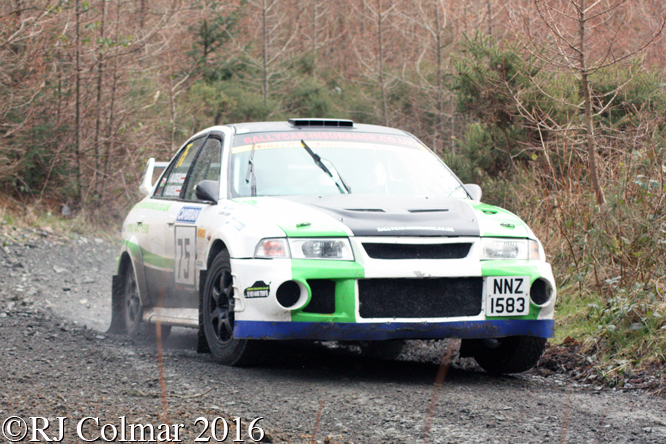
The #75 1998 Mitsubishi Lancer Evo VI seen above crewed by Jayne Auden-Rowe and David Auden was classified 50th overall.

I could not resist going back to the puddle in the quarry as the final competitors went through Paul Ellis and Simon Jones make a splash in their way to a 70th place finish overall in their #120 1992 Skoda Favorit.

Similarly Glynne Jones and Glenn Mercer go temporarily amphibious in their Ford Fiesta R200 on their way to a 77th place finish overall.
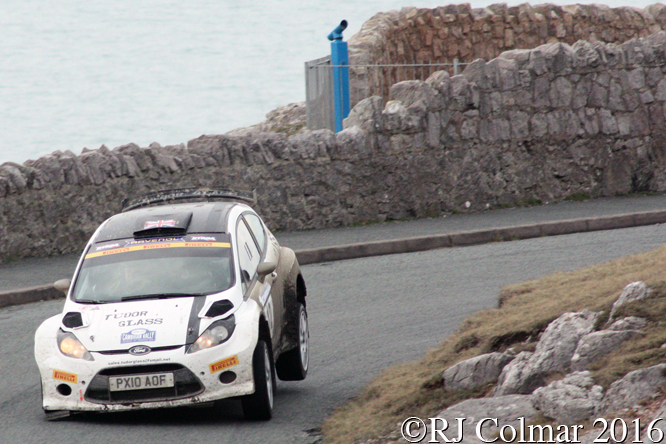
Andrew Roughead moved from co – driving Andrew Fenwicks 6th placed Proton S2000 the week before on the Legend Fires North West Stages to sit beside Stephen Simpson in his #12 2010 Ford Fiesta S2000 seen above lifting a rear wheel on the final Great Orme Stage on their way to 8th place overall.

Lifting a front wheel in classic Mk2 style is the #20 1976 2 litre Ford Escort L crewed by John Rowlands and Glenn Latham which came home 15th overall.
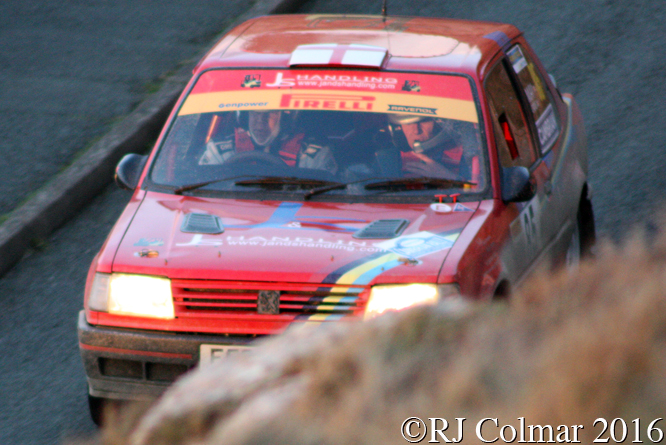
The sun came out for a short while and is seen above illuminating the faces of 36th place finishers Tim Cains and Richard May in their #85 1988 Peugeot 309 GTi.
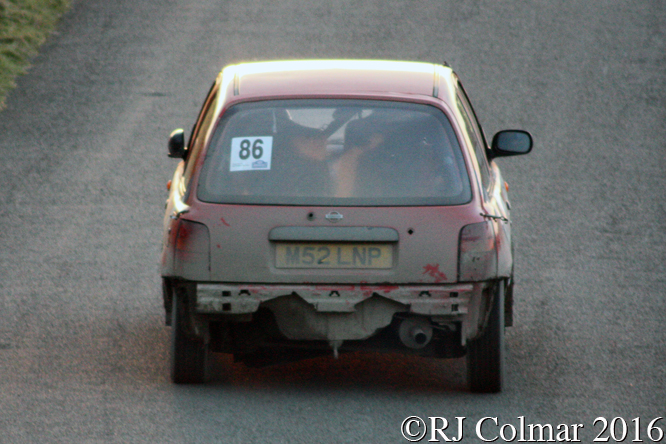
54th place finishers overall and 2nd in the 1400C class were Niel Andrew and Dominic Adams in the #86 1994 Nissan Micra Tropic seen above heading into the sunset sans rear bumper cover.

After nearly 48 mins of competitive driving Charles Payne and Carl Williamson in their #3 2009 Ford Fiesta S2000 came home just 1 second behind the winners …
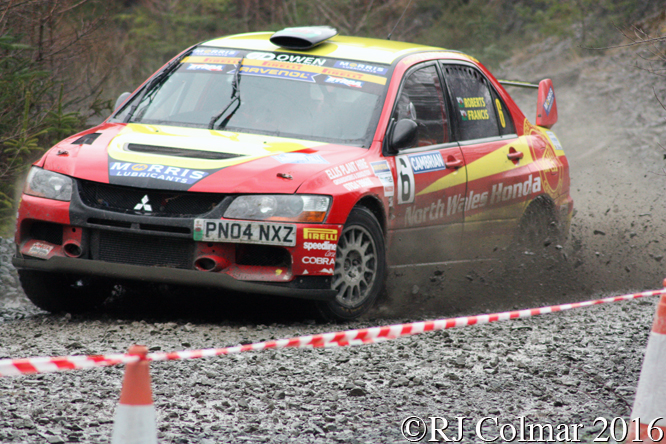
… Luke Francis and John H Roberts in their #6 2004 Mitsubishi Lancer Evo IX who also won this event in 2012.
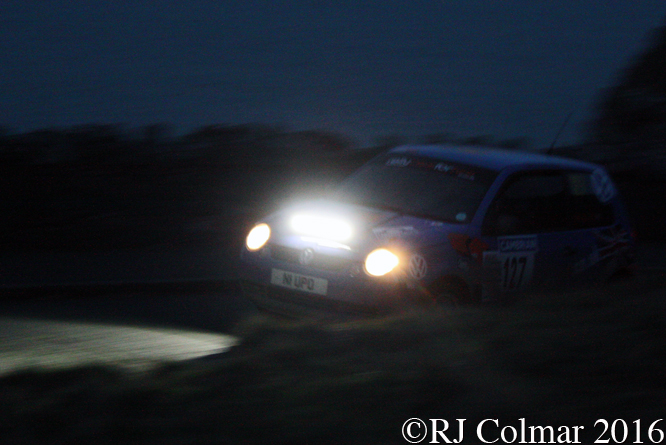
Paul Barbet and Chris Sheriden above are heading to an evening 81st place finish overall in their #127 2001 Volkswagen Polo E.
As darkness rapidly fell after the action was over I managed to stumble back across Great Orme back to the car park after another great days entertainment.
Thanks for joining me on this Cambrian Rally edition of “Gettin’ a li’l psycho on tyres” I hope you will join me again tomorrow for a look at the last of this month’s featured Camaro’s. Don’t for get to come back now !


